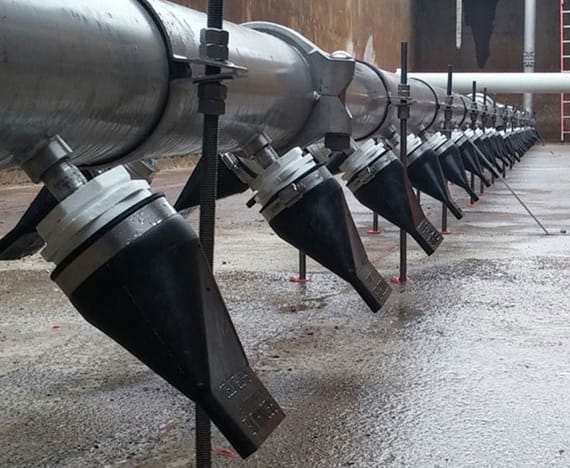Hi there ,
I have an aeration system that consists of a 6 meter tall aeration tank with approx. 5 m of liquid. The PD blowers are in a nearby building at ground level. The piping goes up and over the wall of the aeration tank to the bottom of the tank where the aeration diffusers are. I am going to calculate the height of the barometric loop for this system. can anyone help me how high it should go? Actually I don't even understand the reason of having a barometric loop here.
I have an aeration system that consists of a 6 meter tall aeration tank with approx. 5 m of liquid. The PD blowers are in a nearby building at ground level. The piping goes up and over the wall of the aeration tank to the bottom of the tank where the aeration diffusers are. I am going to calculate the height of the barometric loop for this system. can anyone help me how high it should go? Actually I don't even understand the reason of having a barometric loop here.

